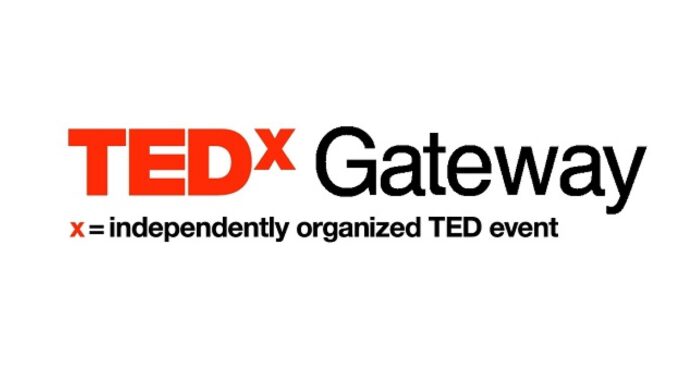In India, approximately 12 million people enter the workforce annually. The economy though has not created enough jobs to accommodate all of these people. This has made the jobseekers vulnerable, leaving way too much power with the employment providers. The employment gap in the market has given space to fake job scammers to execute scams and make money off the vulnerable job seekers.
A job scam occurs when a scammer poses as an employer or recruiter, and offers attractive employment opportunities which require the job seeker to pay money in advance. This is usually under the guise of travel expenses or training process required for the job. Once the money has been paid, the scammer disappears leaving the job seeker with financial loss and no job.
How do Job Scammers work?
Using Big Brand names:
Working at companies like TATA, Wipro and TCS is not just about earning a good salary but also about prestige. Since the hiring has gone down in recent years by private sector, job scammers use these big brand names to entice the vulnerable young people. They roll out fake offer letters promising high salaries for these job seekers asking them to pay in advance for training or travel expense which would confirm a job.
Using Reputed Job Portals:
The Job Scammers form their data bases by posting fake jobs on reputed job portals like naukri.com. They collect critical information of the jobseekers from the portal and to misuse later. Later, they would send them fake interview letters from big reputed companies asking them to pay in advance through Paytm for fixing these interviews.
Fake Websites:
The scammers would create fake websites so that on researching, the job seekers would land on a page of this website and feel that the job offer they have received is genuine. They also create fake social media accounts in the name of these fictitious companies. Sometimes, the websites would be a lookalike of the official website of a big company.
Fake Consultants:
The scammer would pose themselves as a consultant promising the candidates to get a job offer from reputed companies. They would charge the candidates at various steps to get them a job which does not exist in the first place.
The consequences of falling prey to these scammers can be devastating. In order to save yourself from it, it is wise to be alert at all times and do a lot of background research before trusting anyone with critical information.
Thank you for reading the story until the very end. We appreciate the time you have given us. In addition, your thoughts and inputs will genuinely make a difference to us. Please do drop in a line and help us do better.
Regards,
The CSR Journal Team


















